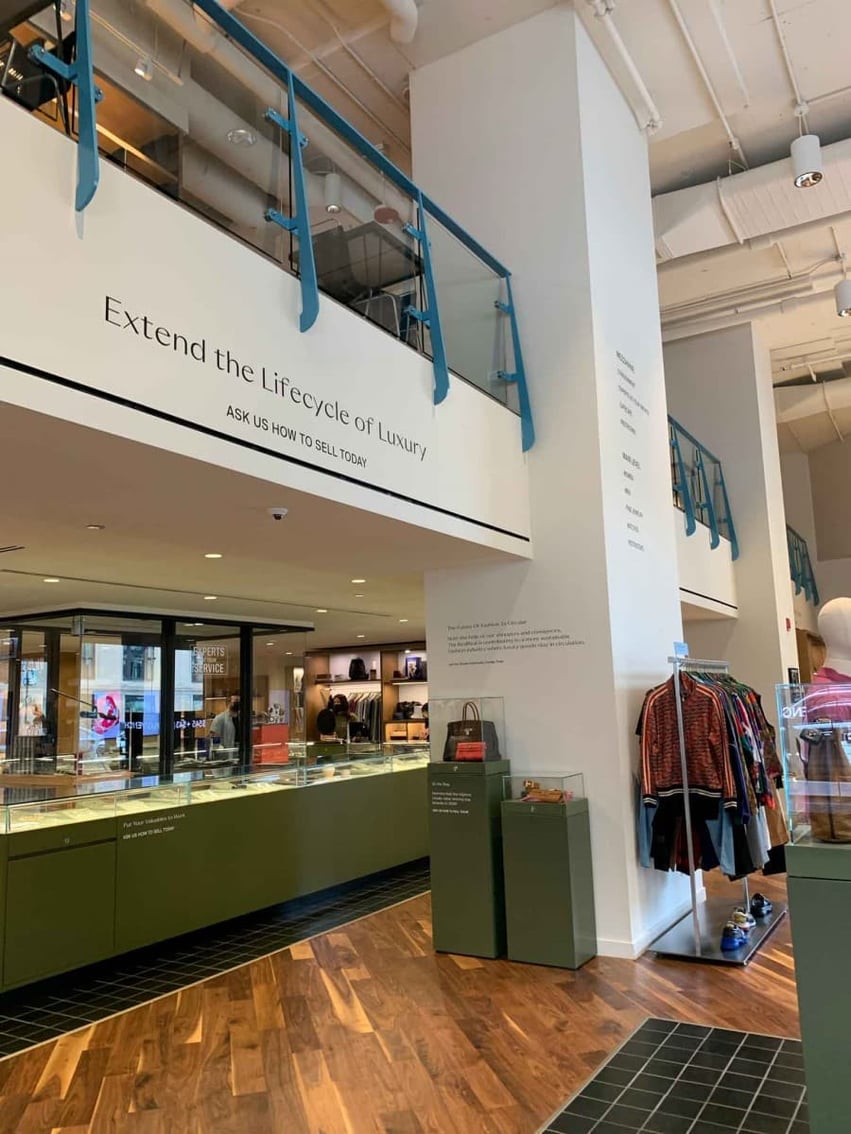Handoffs Equal Compromises: Five Key Takeaways on the State of Retail
Retail events last month agreed on the enduring importance of brick-and-mortar branded environments, now and into the future. Both led with the importance of continual innovation to remain relevant, connect with customers and build loyalty.
Miller Zell reps at the National Retail Federation’s “NRF 2023: Retail’s Big Show” in New York and StorePoint Retail in Dallas also frequently heard about a recurring pain point for retail store design and implementation: Project handoffs create painful compromises, as the path to innovation gets blocked by poor planning and execution.
Here are five other takeaways our team took back to our Atlanta headquarters.

Retail is still in growth mode and stores are as relevant as ever
Recall the hand-wringing over the impending death of the in-person retail experience? Neither do we. U.S. retailers announced approximately twice as many store openings as store closings in 2021, and that trend continued in 2022.
Retail sales trends are positive, both in the U.S. and internationally.
But developing future stores and all other sorts of branded environments requires an awareness of evolving customers and what they want from their store experience. That leads us to takeaway No. 2 on retail technology in 2023.

Omnichannel continues to evolve
Here’s a little secret: Miller Zell discussed ditching the term “omnichannel” a few years back, as we believed the seamless integration of online and physical channels had become table stakes.
But we also recognized that retail digital transformation and the efficient adoption of retail technology was not a static, one-off process that was solved and then backgrounded, as in the seamless, optimized omnichannel experience of 2021 is not the same today and won’t be the same in 2024 and 2025.
The understanding is that digital transformation — from data collection to digital content to app development to hardware & software — is not a one-off or even an occasional cost. It is a critical part of a long-term strategy for branded environments.
Retail innovation never stops. There is no finish line. The omnichannel convergence within brick-and-mortar spaces is always about keeping up with your customers’ evolving wants, needs and habits, whichever path to purchase they choose.
Value engineering is top of mind
Amid all the discussion of retail technology and digital transformation remains the nuts-and-bolts reality of store development: budgets, efficient execution and ROI.
While retail store design now fully incorporates digital integration, it still requires outstanding print, merchandising, fixtures, gondolas and end cap displays, as well as intuitive wayfinding.
And these need to be produced and implemented in cost-effective ways that never stop value engineering so budgets are met. Or beaten.
A store refresh can improve your customer experience, create brand loyalty and increase revenue. Great value engineering simply makes those goals less expensive to obtain.
New concepts on labor and the associate experience
The ongoing labor shortage is unquestionably a challenge for many retailers. It’s about pay. It’s about quality of a work-life balance. It’s about tasks that aren’t enjoyable.
There are two questions here. First, can less-rewarding tasks be automated with new retail technology? Second, what can retailers do to improve their associate experience and elevate their working environment?
There are many touchpoints between new retail technology and the associate experience, most notably providing staff with apps or tablets that make customer interactions easier and therefore more enjoyable, such as immediate access to product and inventory information.
Shopper experiences that are bolstered by great customer service foster great associate experiences. When empowered and engaged, associates are confident in what they are doing. They then provide outstanding service and find their jobs satisfying, perhaps even enjoyable.
As we’ve noted before: Happy associates, better bottom line.
Data is mission critical
Data is business intelligence. It reveals what your customers do inside and outside your stores. It shows what they like and don’t like. It also predicts what they might want next.
What strategic-thinking retailers understand is that data collection isn’t a one-off, A/B testing run. Data should be regularly mined, analyzed and inventoried. It should be used to measure conventional retail wisdom and institutional assumptions and then drive next-generation store design.
Further, the right systems will allow you to remap past data and redraw areas of focus as new questions arise. Your data collection systems also should be capable of scrubbing people from recorded images, thereby ensuring that customers won’t have privacy concerns.
Data collection and interpretation can be a critical part of your strategy for continual innovation within your stores, as well as all other customer touchpoints, from website to app to influencers and social media.
While legitimate worries about potential economic headwinds remain, the general feeling at both NRF’s Big Show and StorePoint Retail was optimistic.
Businesses that know their customers and strategically meet them where they are — in-store or online — will continue to thrive and outshine their competition.


